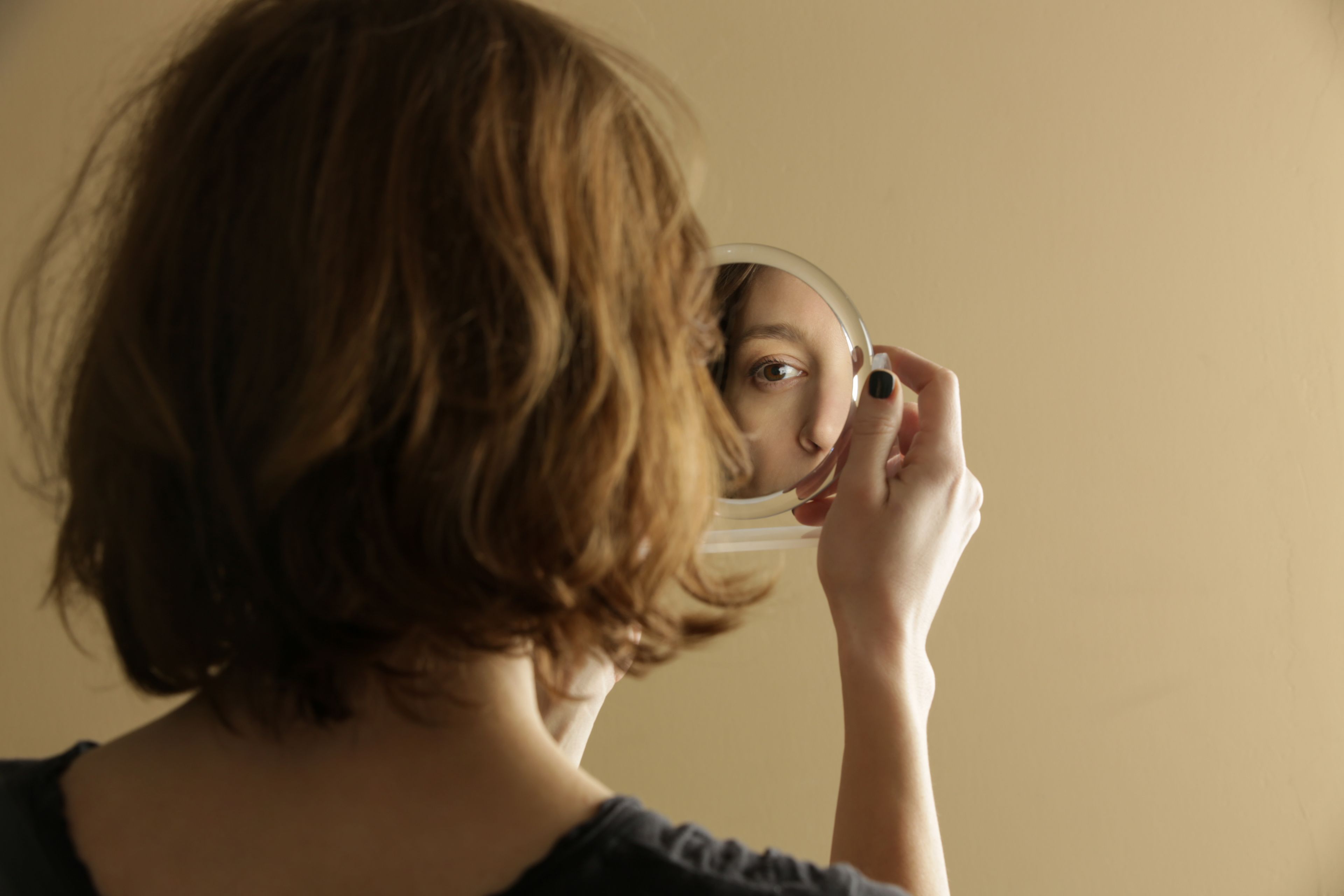
Patients
Body Image Distress After Burn Injury
Burn injuries can affect how the body looks, moves, and feels—adjusting to these changes is often a deeply personal and emotional part of recovery.
It’s common to experience body image distress after a burn injury. Changes may be visible or hidden, temporary or lasting, but all can impact how a person feels about themselves. Many survivors face ups and downs throughout the healing process. Understanding what to expect and learning effective coping strategies can help ease the journey.
Find a Burn Center Near You
What Causes Body Image Distress?
Many personal and medical factors can contribute to distress around appearance after a burn injury. These include:
Healing in Phases—What to Expect
Just as skin heals in phases, emotional adjustment happens over time. Understanding each physical phase can help survivors feel more in control.
Wound Healing Phase
What’s happening: Open wounds begin to close, and new skin grows. For many people, new skin may look lighter, pinker, or more fragile at first.
How it feels: It can be overwhelming to see major changes in appearance for the first time.
Tips:
Be involved in wound care—this builds confidence and a sense of control
Follow your burn team’s instructions for cleaning and dressing wounds
Track healing progress with photos or a journal if helpful
Scar Formation Phase
What’s happening: Healed skin becomes darker, raised, or tighter over the next few months.
How it feels: Scars may be uncomfortable and bring emotional distress.
Tips:
Use recommended therapies: pressure garments, splints, massage, stretching
Protect healing skin from sun exposure (SPF 30+ and protective clothing)
Talk with your care team about reducing stiffness and itch
Scar Maturation Phase
What’s happening: Scars may gradually soften, flatten, and return to a more natural tone over 1–2 years.
How it feels: This can bring some emotional relief, but scars may remain visible.
Tips:
Continue prescribed scar management treatments
Stay consistent with sunscreen and clothing protection
Ask about reconstruction options such as surgery, laser therapy, or cosmetic tattooing
Common Changes in Appearance
Every survivor’s experience is different. Some visible or functional changes may include:
Emotional Adjustment and Confidence
Even with excellent medical care, scars and changes in function may be permanent. Emotional healing is about building confidence and self-worth beyond appearance.
Helpful approaches include:
Focusing on strengths like humor, kindness, or resilience
Celebrating accomplishments—parenting, career, relationships
Connecting with peer support groups or counselors
Using makeup, clothing, or accessories to express identity
Practicing self-compassion on tough days
You don’t have to like your scars to accept them. Over time, self-image often becomes more grounded in personal values.
Social Interactions After Burn Injury
People may react differently when seeing visible scars. Some may ask questions, stare, or act awkwardly. That can be uncomfortable, but there are ways to prepare.
Tips for Managing Social Situations
Make eye contact and use confident body language
Practice a short, calm response to questions like “What happened?”
If you prefer privacy, redirect the conversation—ask about the other person
Use a personal catchphrase to center yourself, like “Remember to be gracious.”
Spend time in public with a trusted companion in early recovery
When to Ask for Help
Talk with your care team if:
Distress about appearance affects your mood, daily activities, or relationships
You avoid social situations or feel isolated
You’re interested in reconstruction, cosmetic support, or makeup guidance
You want help processing your feelings with a therapist or support group
